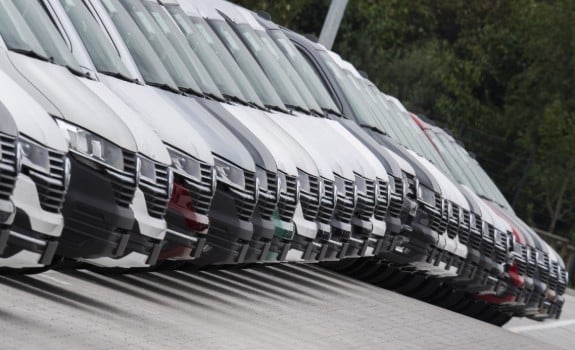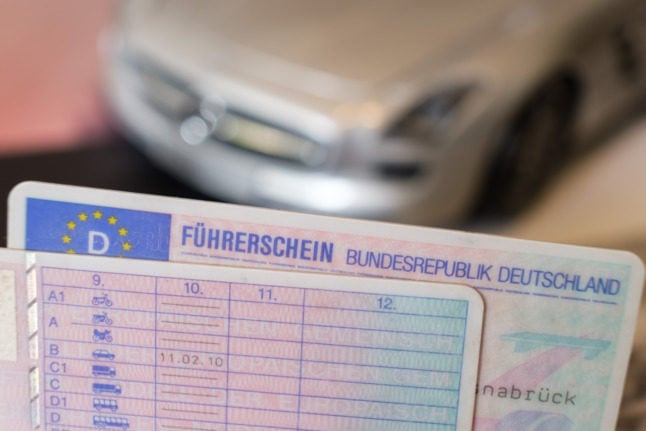The meeting ended with agreement that Germany should take a “leading role in autonomous driving”.
A law, which aims to make Germany “the first country in the world to permit driverless vehicles in regular operation as well as in the entire country” is now set to be drafted.
Although there was little in the way of concrete resolutions made at the meeting, it was significant that the government did not agree to a buyer’s premium on the purchase of new petrol-fuelled cars.
While car companies and trade unions had backed the idea of a grant for purchasing a new combustion-fuelled cars, the Green party complained that the government would be financing the further destruction of the environment.
READ ALSO: How Germany is preparing for the rise of the electric car
Environmental activists staged a protest on front of the Chancellery and demanded that Germany move immediately towards C02-free mobility.
Targets set and second 'car summit' to take place
The video conference, which was attended by Chancellor Angela Merkel, federal ministers and representatives of car manufacturers as well as trade unions and state leaders in so-called “car states”, focused primarily on digitization in transport.
The participants also set a target of 2022 for cars with autonomous driving functions to be used in regular operation.
Lower Saxony's Minister President Stephan Weil complained after the meeting that “the very immediate challenges have not been resolved”.
Weil said that parts suppliers were experiencing a particularly torrid time of it during the crisis. But the meeting, while discussing the problem in general, had offered them no specific help.
The focus of the meeting on car technologies of the future also centred on creating a “mobility data room” – a data centre which would process the enormous amounts of information that are necessary to autonomous transportation.
In a sign that the government is highly concerned about the state of Germany's car industry a second “car summit” is to take place in November.
The aim of that meeting is to reach concrete agreements on a uniform payment system and customer-friendly use of charging points for electric cars. Associations such as the German Automobile Club (ADAC) complain that very different price models have been used at charging points to date.



 Please whitelist us to continue reading.
Please whitelist us to continue reading.
Member comments